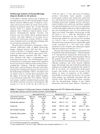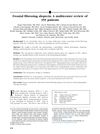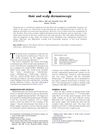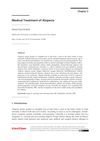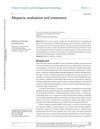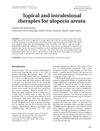Unusual Patterns of Presentation of Frontal Fibrosing Alopecia: A Clinical and Trichoscopic Analysis of 98 Patients
June 2017
in “
Journal of The American Academy of Dermatology
”
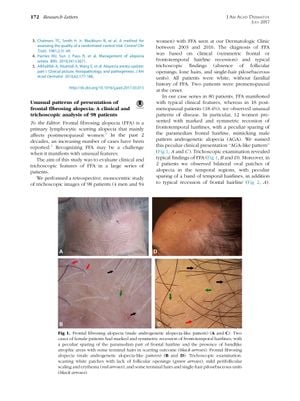
TLDR Trichoscopy helps diagnose frontal fibrosing alopecia, even with unusual patterns.
The study titled "Unusual patterns of presentation of frontal fibrosing alopecia: A clinical and trichoscopic analysis of 98 patients" analyzed the clinical and trichoscopic features of frontal fibrosing alopecia (FFA) in 98 patients (4 men and 94 women) who were seen at a Dermatologic Clinic between 2003 and 2016. The diagnosis of FFA was based on clinical and trichoscopic findings. The study found that while 80 patients presented with typical clinical features of FFA, 18.4% of the postmenopausal patients showed unusual patterns. These included an "AGA-like pattern" where there was a marked and symmetric recession of frontotemporal hairlines, a "cockade-like pattern" with bilateral oval patches of alopecia in the temporal regions, and an "ophiasis-like pattern" with continuous involvement of the hairline from frontal to occipital regions. Trichoscopy was effective in diagnosing FFA in these unusual clinical presentations, demonstrating the absence of follicular openings, scattered lone hairs, and single-hair pilosebaceous units. The study concluded that trichoscopy is a useful tool in the differential diagnosis of FFA, especially when clinical presentation is not conclusive.
